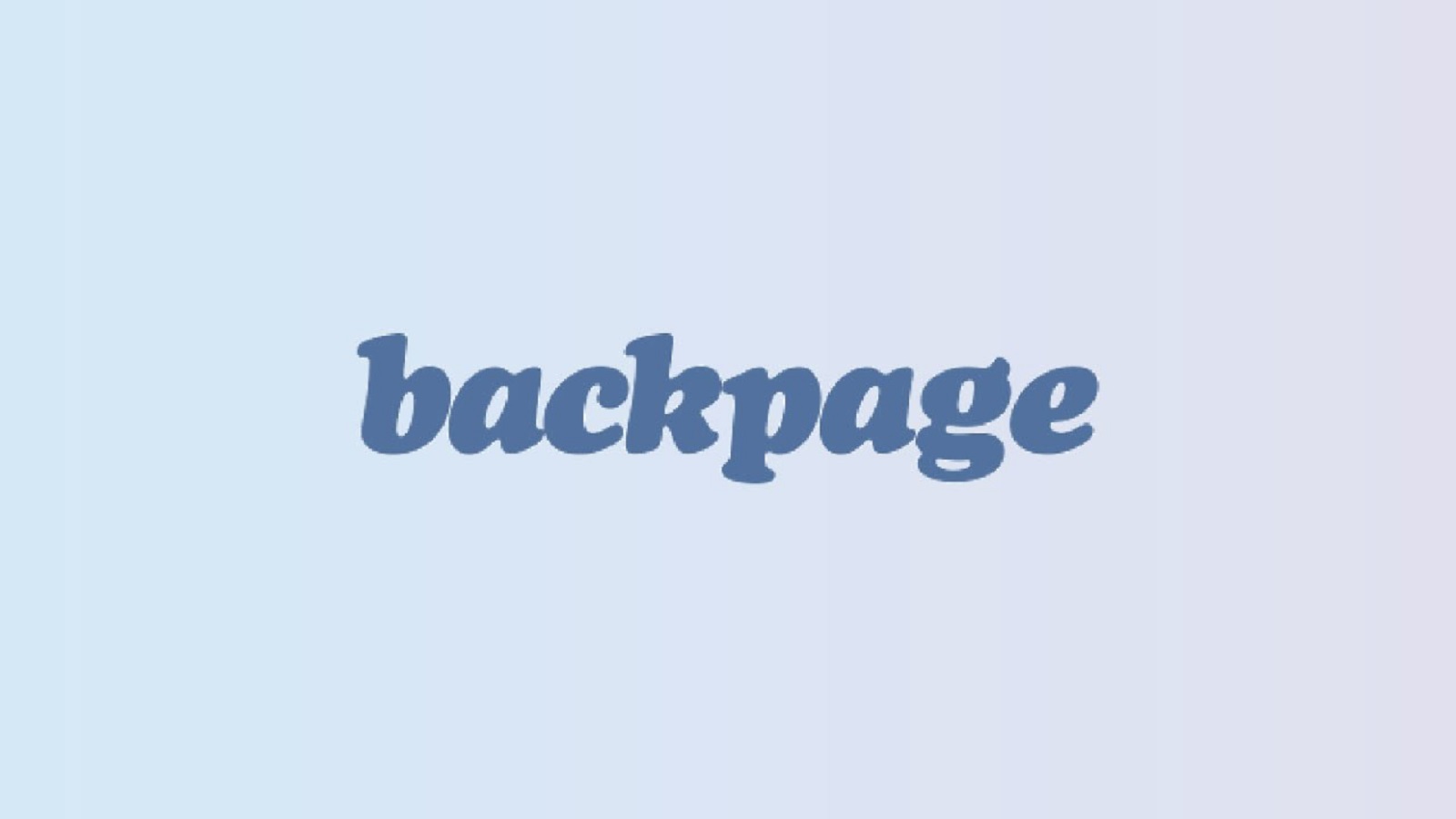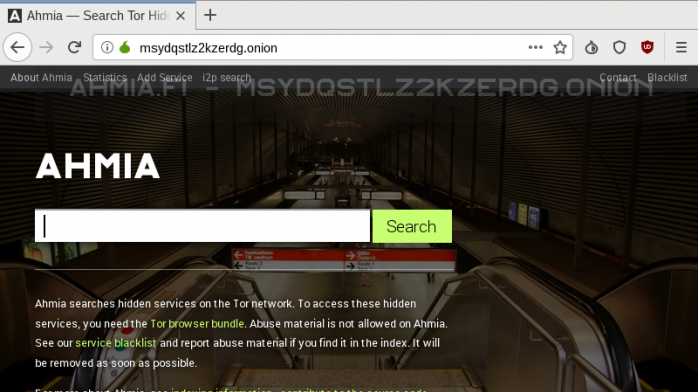
Can the Dark Web Be Searched? Find Out How to Reach It
The Dark Web might sound like an internet urban legend, but it’s a real place. A part of the internet that really is shrouded in metaphorical darkness. Isn’t that counter-intuitive? If the sites on the Dark Web are hidden, how do people find them? Can the Dark Web even be searched?
The answer to that question is actually a little complicated and requires some explaining about how all of this works, but as you might imagine, there are ways of finding Dark Web sites. There must be some way of finding the sites, or they would be pointless, right?
Dark Web Crawling?
Public websites are not hard to find. First of all, websites are registered with domain authorities - just like putting your phone number in a registry. Search engines such as Google catalog and cache all of these public sites and their contents. If you don’t register a URL (universal resource locator), people will have a hard time finding your web server.
The Dark Web can’t be crawled in this way. So you can’t automatically accumulate the addresses of each Dark Web site. Given that the Dark Web works so differently from the surface web, can there even be such a thing as a Dark Web Search engine?
The Dark vs. the Deep Web
It’s also important to understand that there is a difference between the Dark Web and the Deep Web. The Deep Web is simply all the online content that is not indexed by mainstream search engines. It’s the stuff that a standard web crawl can’t get to, and it includes anything behind a paywall or password. This means all of your emails and the contents of your cloud drive are a part of the Deep Web - thank goodness for that! After all, you wouldn’t want your private data to be searchable by just anyone on the Web!
Then there are other things connected to the internet that search engines also don’t index, but aren’t exactly hidden. For example, an internet-connected camera or other smart device has a public-facing IP address. So if you typed its IP into your browser, you’d have access to it - assuming that you knew the username and password.
In fact, Shodan is a special search engine that crawls the internet looking for such devices specifically. If any of those are not properly protected, one can then find and access them, which could create a pretty dangerous situation.
The Dark Web is different. The entire network is encrypted, usually as part of the Tor network. It’s designed to hide the location and identity of any sites that run through it. Anyone who has the specific address of a Dark Web site can get to its front page. However, there is no way to crawl the encrypted addresses of Dark Web sites.
So How Do People Find Dark Web Sites?
If an owner of a Dark Web site wants people to visit, they will usually advertise the site somewhere on the surface web. So you’ll often see an anonymous posting somewhere like Reddit. Once a few people have visited the site and have taken notice of it, then it will be recorded somewhere on the surface web.
One this happens, all you have to do is use a surface web search engine like Google or Bing to search for the right keyword, and you will find the Dark Web address.
If a Dark Web site doesn’t want to be known, there’s not much anyone can do. Such sites most likely exist, and only people who are personally invited and keep it secret, know of its existence. As it stands, there’s no practical way of discovering these sites.
Since some Dark Web sites put their addresses in the open on the surface web, it’s natural that some people are going to collect them all, and that’s when you have the beginnings of a Dark Web search engine.
What Dark Web Search Engine Options Are There?
As we explained above, you can’t really build a traditional search engine for the Dark Web. Instead, you either just have a long list of sites that may be out of date or make it a bit smarter and set up some searchable database.
You can check out our article on Dark Web search engines to see a more extensive list, but for starters, go have a look at DuckDuckGo and Ahmia. They are common and safe ways to see what sorts of sites are on the Dark Web.
How Are Dark Web Sites Accessed?
While the Dark Web includes any website that’s hidden from the surface Web by sophisticated encryption, the vast majority of Dark Web sites exist on the Tor network - a highly-encrypted anonymous network.
Tor addresses are called “onion links.” If you download the special Tor browser, all you have to do is paste that onion link into the address bar, and then the site will load just like any other.
However, we strongly recommend that you don’t try browsing the Dark Web without the additional protection of a VPN. While Tor itself encrypts everything, a VPN will hide the fact that you’re connecting to Tor in the first place.















